Food has been used as medicine for millennia, but only recently is scientific research actually backing up the ancient claims about the healing properties of food. Finally, those who needed scientific proof that real food is good for you, can join those of us who trusted nature all along.
One medicinal food that I think is just purely magical are mushrooms. They are often thought of as a vegetable, and are generally prepared like one but mushrooms are actually fungi. That’s one reason I think they are magical. Fungi are organisms that have no roots, leaves, flowers or seeds, and if you want to be technical about it mushroom aren’t even plants because they don’t need soil or light to grow. Mushrooms can grow anywhere that there is decaying organic matter.
The rest of the magic comes from the many healing benefits that they offer. Mushrooms are reported to have immune boosting properties, anti-ulcer and anti-cancer properties and have a protective effect on the digestive system and the cardiovascular system, they also have antioxidant and anti-inflammatory properties which can benefit may body systems.
There are so many foods that are highly nutritious and super health promoting but if they are too exotic to be easily found then they will most likely not be finding a place at our table. That is the case with mushrooms, there are many medicinally proven and health promoting varieties, some of which are difficult to find and can be expensive to purchase. The following are my favorite, readily accessible varieties of mushroom.
Three Favorite Culinary Mushroom Varieties
Shitake
Also known as Black Forest Tree Mushroom
Shiitake is the second most cultivated edible mushrooms in the world. Skiitake mushrooms have many health promoting properties. They help combat harmful bacteria, parasite and yeast over growth in the body thus promoting healthy gut function. They have also been shown to reduce cholesterol and can help lower blood pressure. Shitake contains a two specific molecules that have been shown to have anti-tumor and anti-cancer properties, AHCC (Active Hexose Correlated Compound) and Lentinan. These compounds also promote a healthy immune system.
What do they look like:
Shiitake mushrooms have brown, slightly convex caps that range in diameter from about two to four inches in diameter and may have long slightly curved stems. Look for mushrooms that are firm, plump and clean. Those that are wrinkled or have wet slimy spots should be avoided.
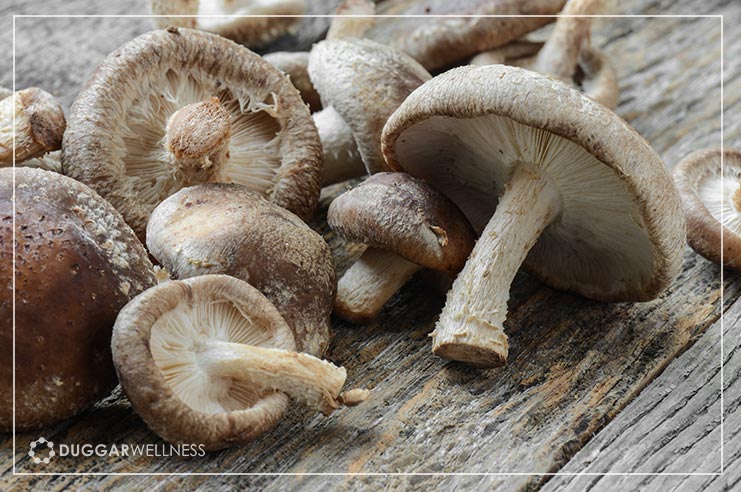
Where to find Shiitake:
Available fresh and dried in many grocery stores or Asian food stores in your area. Because mushrooms can grow on any decaying biological matter it is important to buy organic mushrooms.
How to store Shiitake:
The best way to store loose mushrooms is to keep them in the refrigerator in a loosely closed paper bag. They will keep fresh for about one week. Dried mushrooms should be stored in a tightly sealed container in either the refrigerator or freezer where they will stay fresh for six months to one year.
Cleaning mushrooms:
Mushrooms are like little sponges, they’ll suck up any moisture. Don’t wash or soak them in water or they’ll get water logged. Instead, clean them by gently brushing them with a pastry brush or a slightly damp clean towel.
Maitake
Also known as Hen of the Woods.
Maitake is becoming a more popular variety that is also more readily available. One of the reasons for its popularity is its wonderful rich, savory flavor. This flavor is attributed to the fact that Maitake contains L-glutamate, a natural flavor-enhancer that provides umami the “fifth taste.”
Maitake is one of the major mushrooms in Japanese cooking. The medicinal properties and benefits of these mushrooms include; boosting immune function, improves blood pressure and cholesterol affecting the overall health of the cardiovascular system. Studies have also found that it contains properties that activate natural killer cells, and cytotoxic t-cells that attack tumor cells. That means they can restrict the bloods cells that feed tumors and reduce the spread of cancer.
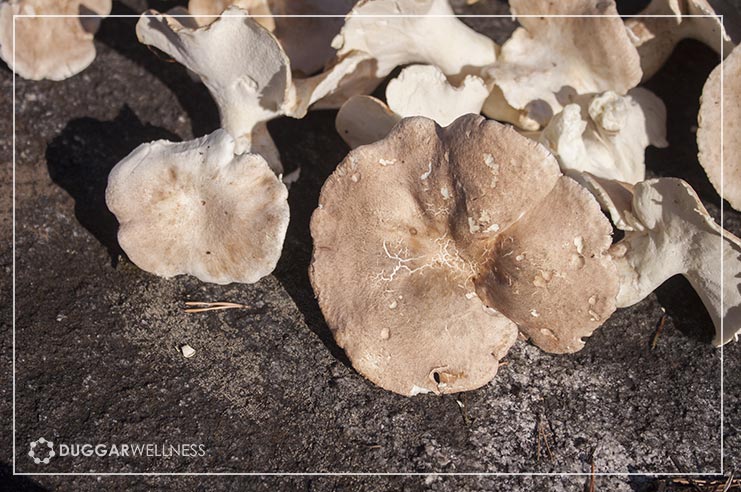
What do they look like:
Maitake mushrooms have a strong resemblance af a hen with ruffled feathers and are flat and frilly and leaf-like. They are often pale tan to a darker tan or gray in color.
Where to find Maitake:
Available fresh and dried in some natural grocery stores or Asian food stores in your area. Because mushrooms can grow on any decaying biological matter it is important to buy organic mushrooms.
How to store Maitake:
The best way to store loose mushrooms is to keep them in the refrigerator in a loosely closed paper bag. They will keep fresh for about one week. Dried mushrooms should be stored in a tightly sealed container in either the refrigerator or freezer where they will stay fresh for six months to one year.
Cleaning mushrooms:
Mushrooms are like little sponges, they’ll suck up any moisture. Don’t wash or soak them in water or they’ll get water logged. Instead, clean them by gently brushing them with a pastry brush or a slightly damp clean towel.
Button or Crimini Mushrooms
Also known as Common Mushrooms.
Crimini mushrooms are the world’s most commonly eaten mushroom, commonly called the “button” mushroom. The names white button, crimini, Portobello, Baby bella, mini bella, baby portobello mushroon, and portobellini or simply brown mushrooms are other names for crimini mushrooms. Portobello mushrooms are crimini mushrooms that have been allowed to grow to full maturity.
Because they are called common mushrooms it is believed that they are less medicinally potent then the more exotic variety of mushrooms. Due to scientific study these little buttons have recently been shown to surpass some of their more exotic mushroom counterparts (like shiitake or maitake mushrooms) in terms of immune system benefits. And the regulation of inflammation. Crimini mushrooms provide an excellent amount of the mineral selenium. Selenium is required for the proper activity of a group of enzymes called glutathione These enzymes play a key role in the body’s detoxification system and they also provide protection against oxidative stress.
What do they look like:
Crimini mushrooms are firm, plump, clean and have a coffee-brown color. Button mushrooms are the same but are generally known for their white color. Those that are wrinkled or have wet slimy spots should be avoided.
Where to find Crimini:
Available fresh in most grocery stores throughout the year. Because mushrooms can grow on any decaying biological matter it is important to buy organic mushrooms.
How to store Crimini:
The best way to store loose mushrooms is to keep them in the refrigerator in a loosely closed paper bag. They will keep fresh for about one week. Dried mushrooms should be stored in a tightly sealed container in either the refrigerator or freezer where they will stay fresh for six months to one year.
Cleaning mushrooms:
Mushrooms are like little sponges, they’ll suck up any moisture. Don’t wash or soak them in water or they’ll get water logged. Instead, clean them by gently brushing them with a pastry brush or a slightly damp clean towel.
An Option for Less Waste
I’m the only one in my family with refined taste buds that could eat mushrooms everyday. When I use mushrooms I usually have to hide them, both in the fridge and in the food I prepare. I have found that when I buy dried mushrooms I can use a little or a lot depending on the recipe and then a carton of mushroom doesn’t end up going bad before I can use them all.
You can find dried mushrooms at most natural food stores like Whole Foods, Natural Grocers and even online at Amazon.
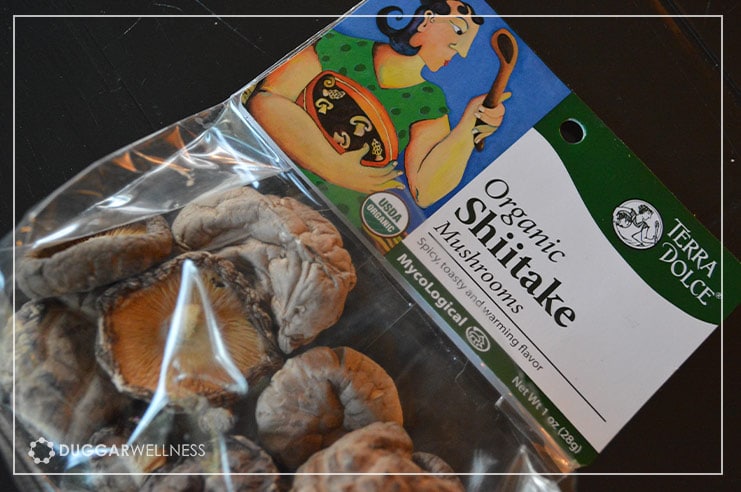
6 Favorite Medicinal Mushroom Varieties
The following mushrooms are less commonly used in culinary dishes but have potent health benefits. We recommend them in powdered pill form, added to teas or health tonics.
Reishi
Known as the “mushroom of immortality” and prized for over 2,000 years in Asian cultures. Reishi has been shown to have potent immune balancing properties, including anti-allergy, antiparasitic, antioxidant, antiinflammatory, anti-tumor, supporting the gut microflora, blood sugar balance.

Turkey Tail
While this mushroom is not very tasty, it does pack an impressive nutritional punch. Rich with antioxidants and prebiotic fibers, this mushroom has benefits to the gut microbiome, helps with liver detoxification and balances the immune system.
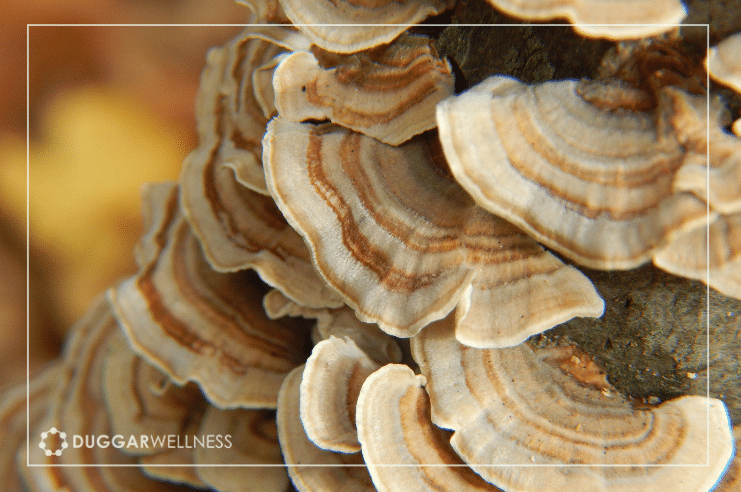
Oyster
While oyster mushrooms are frequently eaten in many cuisines and could have been included in the list of culinary mushrooms above, they are also well known for their anti-atheroscerotic and anti-cancer properties, in addition to their immune modulating benefits.
Cordyceps
Cordyceps mushrooms are adaptogenic, meaning they help our body adapt to stressors. They were used as far back as 690 AD to help restore lung and liver health in Chinese medicine. Additional uses have been discovered and now we see them as beneficial to gut health, energy, and mitochondrial health.
Chaga
Like many of the other mushrooms already mentioned, Chaga is loaded with antioxidants and polyphenol compounds that have been shown to lower inflammation.
Lion’s Mane
Lion’s mane is distinctive in its appearance and its health benefits. This mushroom gets a lot of attention for its protective effects on the brain and cognition in addition to its balancing effects on immune health, and cardiovascular health and blood sugar control.
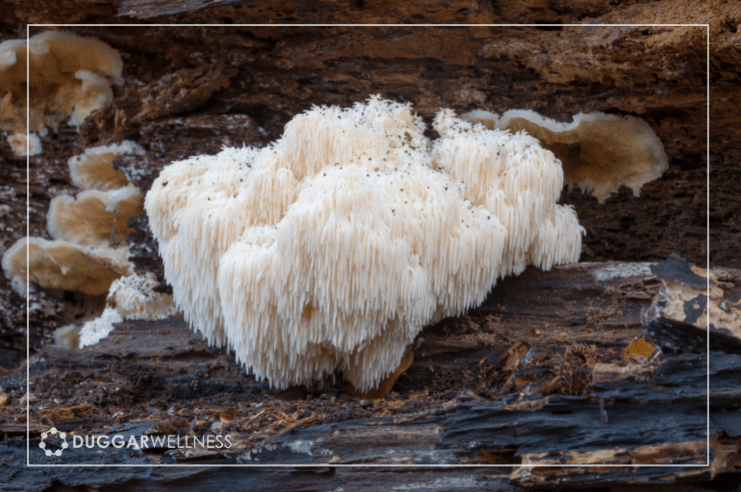
Resources:
http://www.whfoods.com/genpage.php?tname=foodspice&dbid=122
http://www.huffingtonpost.com/paul-stamets/maitake-mushroom_b_2908332.html
http://whfoods.org/genpage.php?tname=foodspice&dbid=97
 160 N Main, Bountiful, UT 84010
160 N Main, Bountiful, UT 84010  801-677-7878
801-677-7878
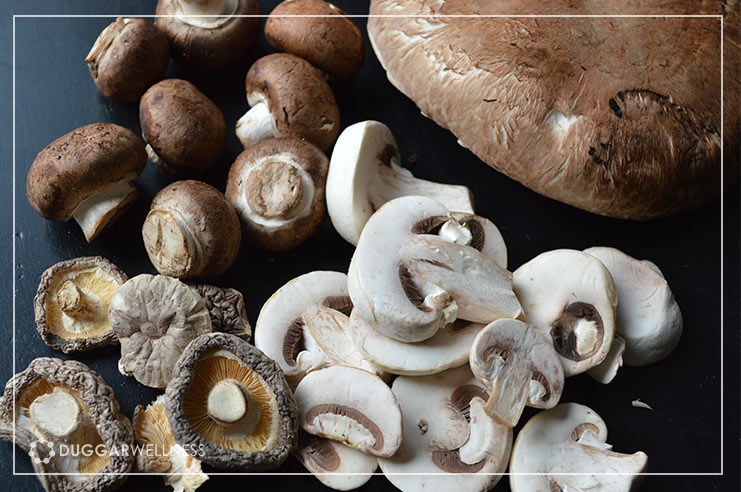
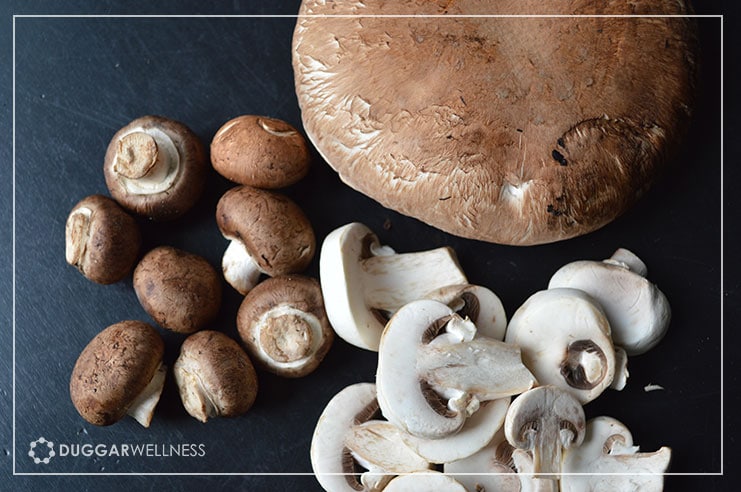
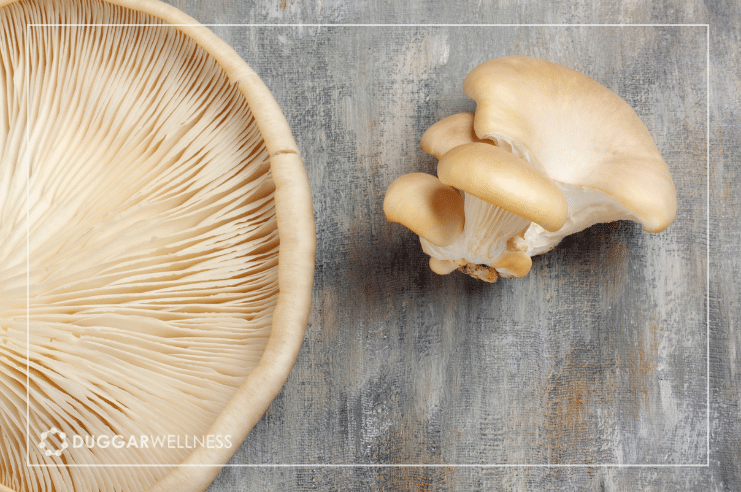
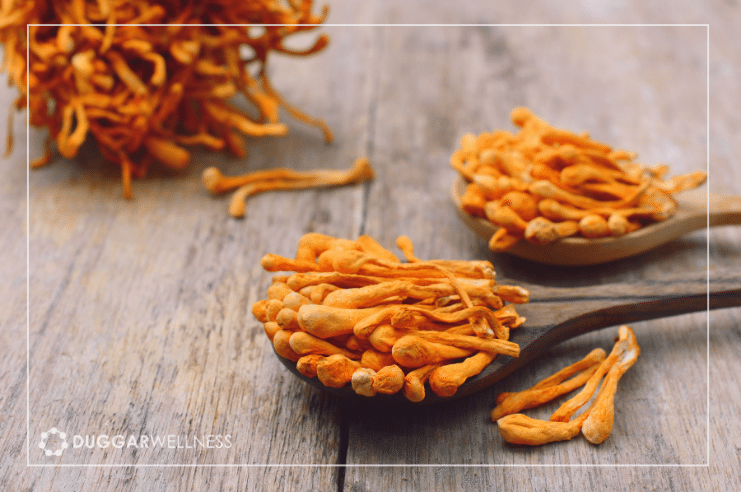
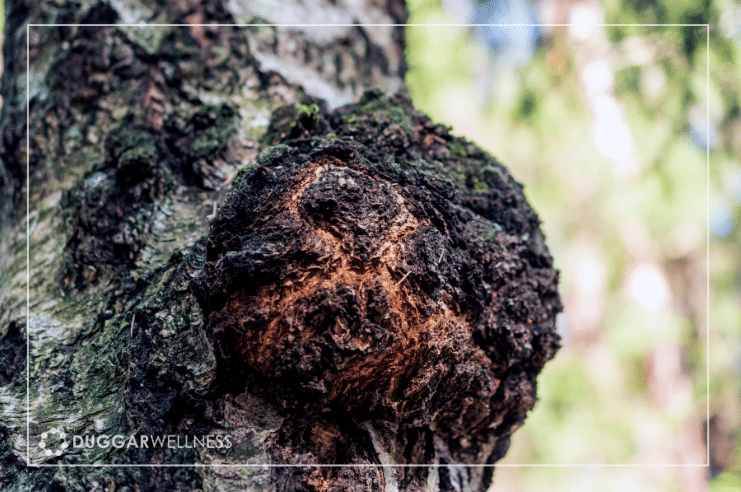
2 responses to “The Magic Benefits of Mushrooms”
[…] mushrooms are so tasty even people who say they don’t like mushrooms, like […]
[…] soup begins with a wonderful mushroom broth infused with all the medicinal properties of the shiitake and crimini mushrooms. You can then use this broth to make magic mushroom soup by adding in fresh veggies that are […]